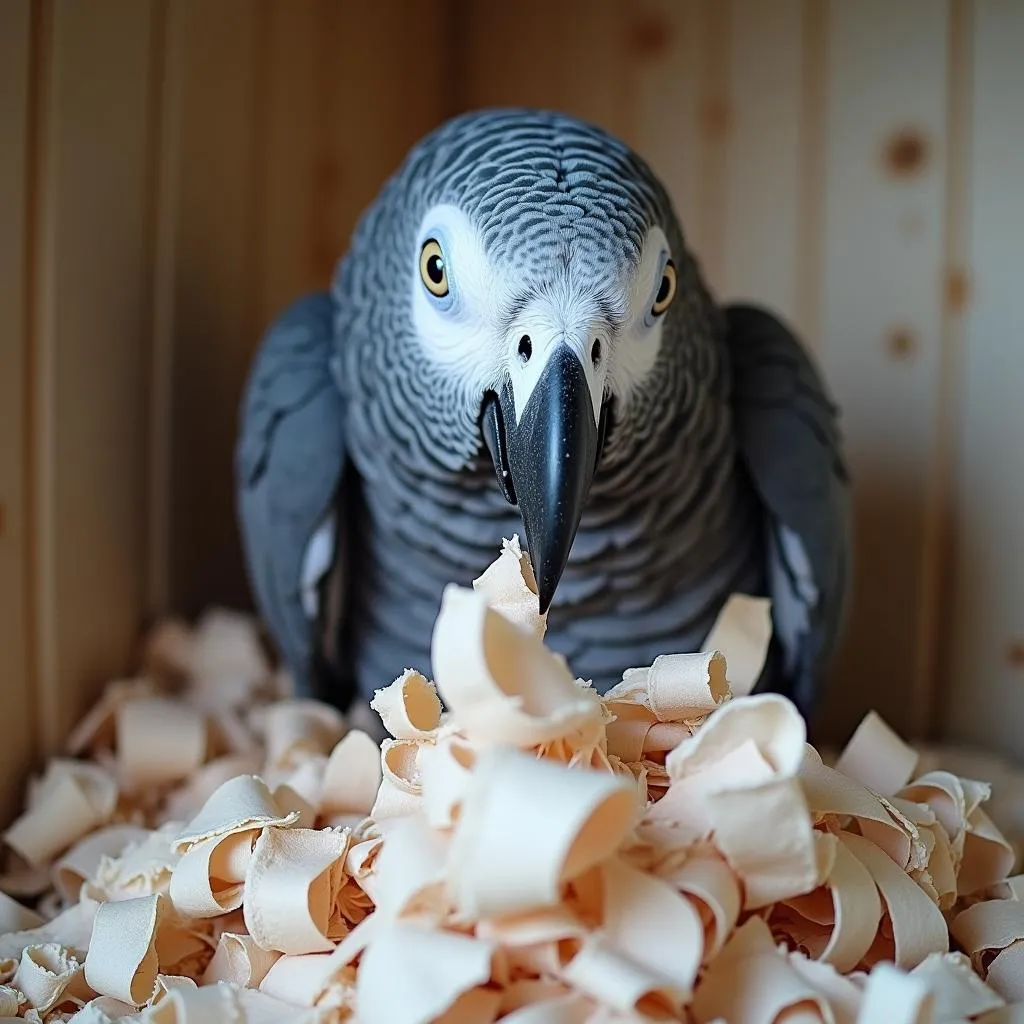The African and Somali Plate: A Tectonic Journey Through Time
The African And Somali Plate, a geological marvel that has shaped the landscape and history of East Africa, is a captivating subject for anyone intrigued by Earth’s dynamic forces. This article delves into the fascinating story of these two tectonic plates, exploring their origins, interactions, and the remarkable impact they have had on the region.
A Journey Through Time: The Origins of the African and Somali Plate
The African Plate, one of the Earth’s largest tectonic plates, has been around for billions of years. It’s a colossal landmass that includes most of the African continent, as well as portions of the Atlantic Ocean. The Somali Plate, a much smaller plate, was once part of the African Plate. However, over millions of years, the Somali Plate has been slowly pulling away from its parent, leading to a complex and fascinating geological evolution.
The East African Rift Valley: A Result of Plate Separation
The separation of the African and Somali Plates is responsible for the formation of the East African Rift Valley, a dramatic geological feature that stretches for thousands of kilometers. This rift valley is a testament to the immense power of tectonic forces and the ongoing process of continental drift. The valley is characterized by volcanic activity, earthquakes, and a series of dramatic escarpments, making it one of the most geologically active regions on Earth.
“The East African Rift Valley is a living laboratory of plate tectonics,” says Dr. Aisha Ahmed, a renowned Somali geologist. “It’s a place where we can observe the Earth’s forces in action, shaping landscapes and influencing the lives of people.”
The Impact on East Africa: Beyond the Landscape
The African and Somali Plate separation has had a profound impact on East Africa beyond the visible landscape. It’s shaped the region’s biodiversity, climate, and even human history. The rift valley’s unique topography has created a diverse array of ecosystems, ranging from lush forests to arid deserts. It’s also influenced rainfall patterns, contributing to the distinctive climates found across East Africa.
Volcanoes and Geothermal Energy: A Source of Life and Power
The separation of the African and Somali Plates has also led to the formation of numerous volcanoes, some of which are still active. These volcanoes have enriched the soil, creating fertile agricultural land. They also serve as a source of geothermal energy, providing a clean and sustainable power source for communities in the region.
The Future of the African and Somali Plate: A Continuous Evolution
The separation of the African and Somali Plates is an ongoing process. In millions of years, this separation could lead to the formation of a new ocean basin, drastically altering the landscape of East Africa. Understanding this geological history is crucial for understanding the region’s present and future, as well as the challenges and opportunities it faces.
FAQ
What is the African and Somali Plate?
The African and Somali Plate are two tectonic plates that are slowly separating, creating the East African Rift Valley.
How does the African and Somali Plate separation impact the environment?
The separation creates diverse ecosystems, influences climate, and provides geothermal energy sources.
Is the East African Rift Valley still active?
Yes, the East African Rift Valley is an active geological feature, with ongoing volcanic activity and earthquakes.
What is the significance of studying the African and Somali Plate?
Understanding the geological history of the African and Somali Plate helps us comprehend the region’s present and future, its unique biodiversity, and the challenges it faces.
What are the implications of the future separation of the African and Somali Plate?
In millions of years, the separation could lead to the formation of a new ocean basin, dramatically altering the landscape of East Africa.
 African and Somali Plate Rift Valley
African and Somali Plate Rift Valley
The African and Somali Plate story is a captivating example of Earth’s dynamic forces at work. It’s a reminder of the ongoing evolution of our planet and the profound impact it has on our lives.


